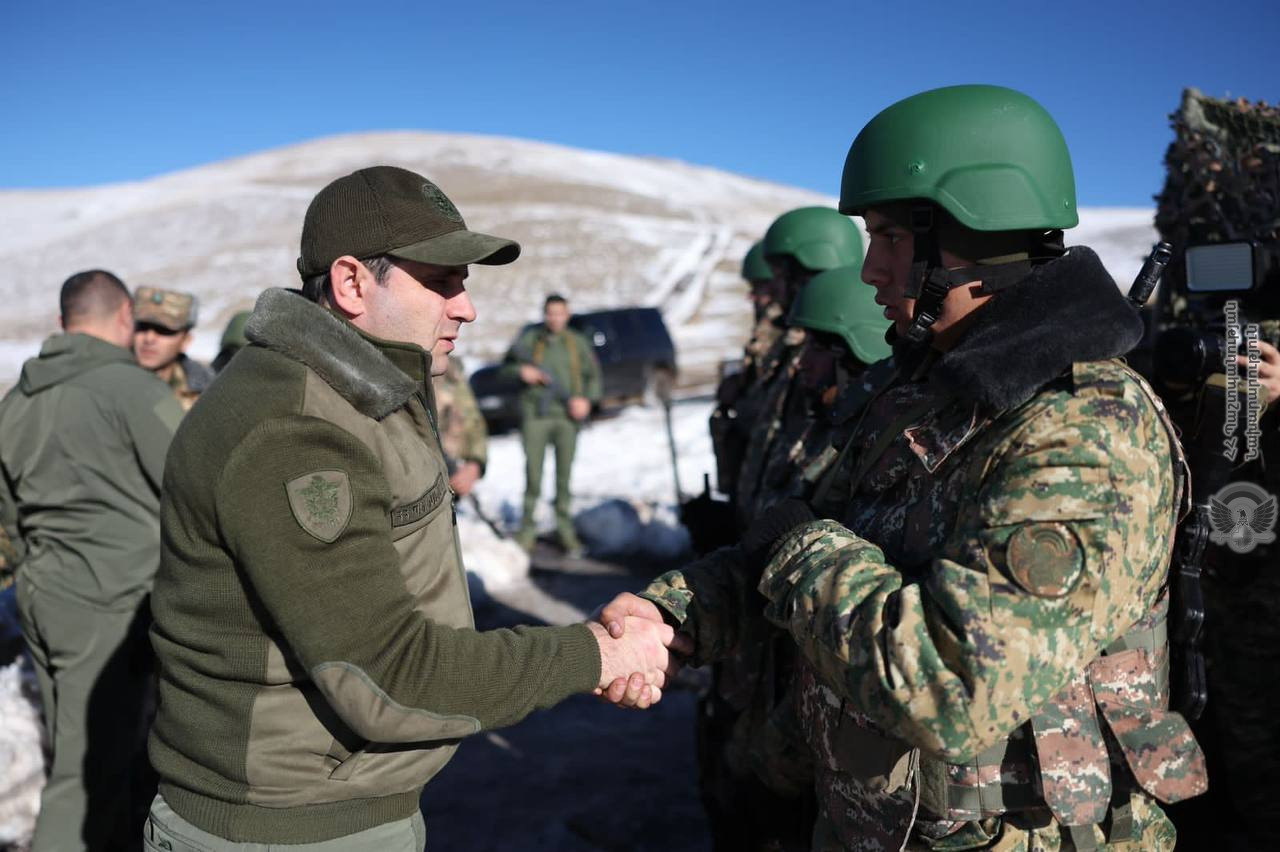"Stoltenberg's visit aims to assess escalation risks" - Opinion from Yerevan
NATO secretary general in Armenia
NATO Secretary General Jens Stoltenberg is expected in Armenia on March 19 as part of his regional tour. The main goal of the tour, according to Armenian political analyst Robert Gevondyan, is to clarify the positions of South Caucasus states amid the deepening conflict between Russia and the West. He believes Stoltenberg also aims to personally understand Armenia and Azerbaijan’s stances on the peace process and assess potential escalation risks.
The analyst also notes that the planned and already occurred meeting with the Defense Minister in Azerbaijan is no coincidence or surprise.
“Currently, there’s one army in the South Caucasus that could initiate military actions and cause escalation, and that’s the Azerbaijani army. The NATO Secretary General likely wants to thoroughly evaluate potential risks,” Gevondyan told JAMnews.
- Turkey’s role as a mediator in Armenia-Azerbaijan talks: What will come of it?
- “Don’t tease Russia”: Analysts on the small steps policy of the Armenian authorities
- Why are EU and US unable to reconcile Yerevan and Baku? Opinion
Details of the NATO secretary-general’s visit
It is known that during his visits to Armenia and Georgia, Stoltenberg will meet with the presidents and prime ministers. In Azerbaijan, besides talks with the president, discussions with the foreign minister and defense minister were initially planned.
Following the meeting between the NATO secretary-general and the president of Azerbaijan, it was reported that they discussed the progress of the Armenian-Azerbaijani negotiations, among other issues. Ilham Aliyev stated that there are “good chances for settlement,” and the parties are “closer to peace than ever before.”
Jens Stoltenberg emphasized that peace is crucial not just for the people of the South Caucasus but also for the security of the Black Sea region and North Atlantic security:
“Peace and stability are important not just here, but for security in a broader context. After many years of conflict, Armenia and Azerbaijan now have a chance to reach a stable peace. You are closer than ever to signing a peace agreement. And I can only urge you to seize this opportunity to reach a lasting peace agreement with Armenia.”
Commentary
NATO anticipates the continuation of Armenian-Azerbaijani dialogue, believes political scientist Robert Gevondyan:
“It’s not about achieving a 100% result. It’s about the current negotiation process and Azerbaijan’s return to it being in the general interests of the West, NATO, the USA, and Europe. They will try to keep this process within their focus and prevent its stagnation.”
The analyst believes that if Azerbaijan again tries to withdraw from a constructive approach and negotiations, as it did up until February a few months ago, additional risks could arise. Gevondyan thinks that Stoltenberg has warned the Azerbaijani side about these risks.
The West might employ a wide range of actions against Azerbaijan – “from canceling joint programs to imposing sanctions,” the expert believes. Moreover, he considers the scenario of applying sanctions realistic if Baku continues to ignore Western efforts and makes provocative statements towards the USA and Europe:
“Sanctions were openly discussed before Aliyev’s re-election in Azerbaijan. After the elections, Azerbaijan changed its behavior, and now the issue of sanctions has been postponed. But no one says that if Azerbaijan again deviates from the constructive process, this narrative will not return.”
According to the political scientist, if no significant changes occur, Armenia and NATO can operate within the framework of already achieved partnership agreements, nothing more.
He adds that for Yerevan to move closer to the North Atlantic Alliance, it needs to leave Russia’s military block, the CSTO.
“However, there’s another issue. Armenia will likely prefer the status of a non-aligned state, at least at this stage. Exiting the CSTO is a necessary step in this case, but moves towards closer NATO ties will also be limited,” he highlighted.
Armenian authorities say they have never discussed the possibility of joining NATO. However, at the end of last year, NATO’s special representative for the Caucasus and Central Asia, Javier Colomina, stated that Armenia had already begun to move closer to the alliance:
“They are seeking closer cooperation, political dialogue, and NATO representation. We welcome our partners’ decisions for the benefit of regional stability. This is very important to us.”
After this, Russian foreign minister Sergey Lavrov declared:
“We have repeatedly told our Armenian partners that NATO’s real goal is to strengthen its presence in the region and create conditions for manipulations based on a ‘divide and rule’ scheme. I hope Yerevan realizes that deepening cooperation with the alliance will lead to a loss of sovereignty in national defense and security.”
According to Gevondyan, Armenia has become accustomed to such threats from Russia, as Moscow has always used the language of blackmail:
“The steps that Armenia has already taken, particularly ratifying the Rome Statute and announcing the potential exit from the CSTO, could bring serious threats. But these are nothing compared to the threats that could arise if Armenia continued to trust the CSTO, tying its security solely to one power center—Russia.”
The political scientist believes that in the current situation, Yerevan is doing everything within its power to protect the country’s security, sovereignty, and statehood as much as possible.
Returning to the idea that Armenia is more inclined to become a non-aligned state, he explained:
“This doesn’t mean isolating oneself and defending one’s security alone. Being non-aligned doesn’t mean not working with NATO or the CSTO. It means cooperating with everyone but not joining any of the blocks. It signifies conducting a diversified foreign and security policy, enhancing the level of one’s own security. The success of this approach will be judged by the outcomes.”




















